Artist Fernando Mastrangelo’s Sculptural Furniture
The Brooklyn-based artist explains how a teenage obsession with Salvador Dalí provided the springboard for a career encompassing abstract furniture and off-the-wall materials
The Brooklyn-based artist explains how a teenage obsession with Salvador Dalí provided the springboard for a career encompassing abstract furniture and off-the-wall materials
Visit Fernando Mastrangelo’s New York studio and, on any given day, you might find piles of salt, sand, ball bearings, cement, even coffee—just a few of the materials he uses in his striking paintings and sculptural work. “If you marry form, content, and materials, you have a balanced work of art,” he says.
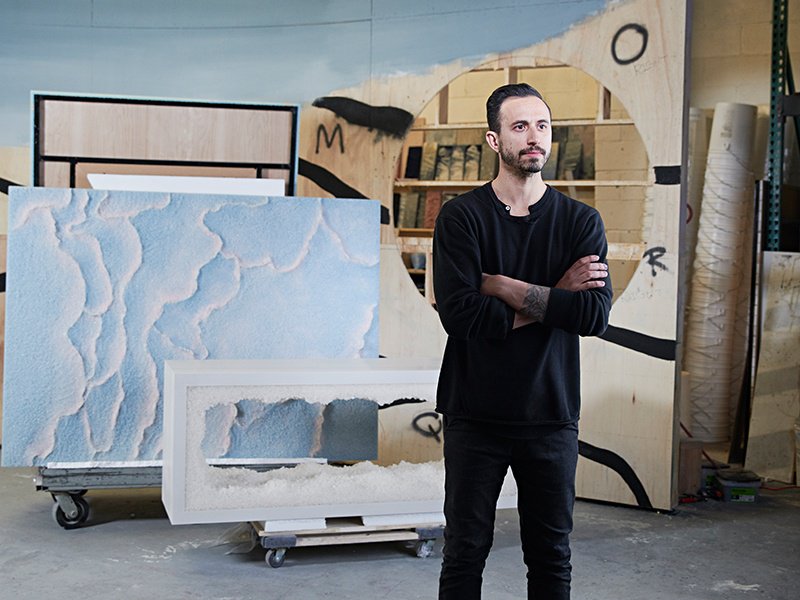
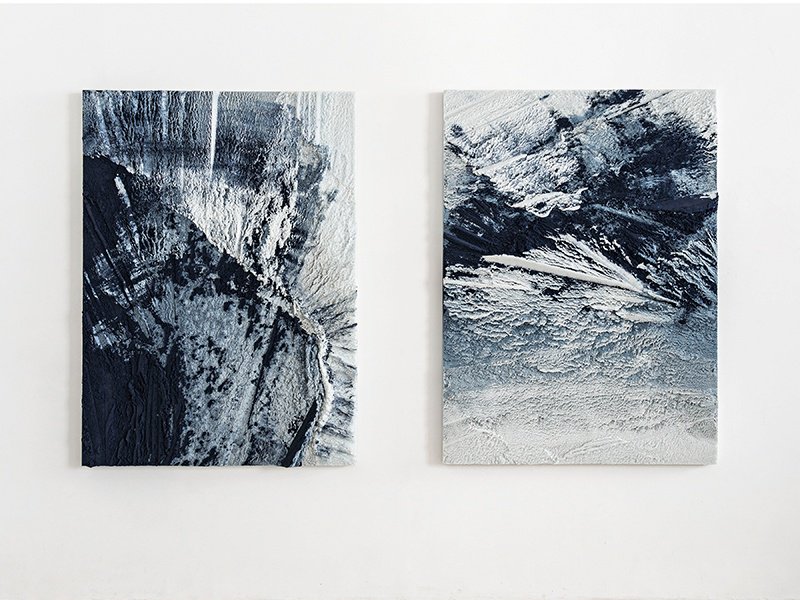 Mastrangelo was born in the United States, but his family relocated to Monterrey, Mexico, for his father’s work. A Salvador Dalí painting spotted on a T-shirt at high school confirmed his choice of career path. “Dalí quickly became my new idol, I obsessed about every facet of his life and, of course, I tried to imitate his style.”
Mastrangelo was born in the United States, but his family relocated to Monterrey, Mexico, for his father’s work. A Salvador Dalí painting spotted on a T-shirt at high school confirmed his choice of career path. “Dalí quickly became my new idol, I obsessed about every facet of his life and, of course, I tried to imitate his style.”
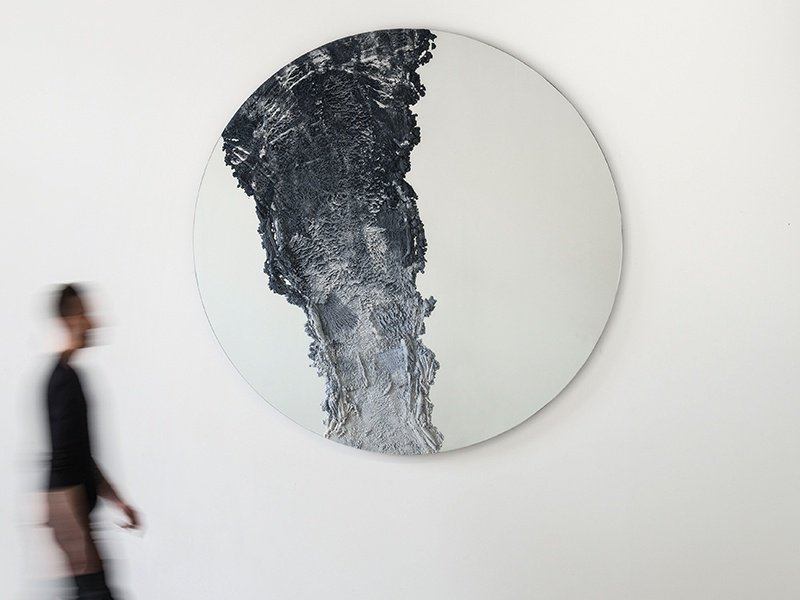
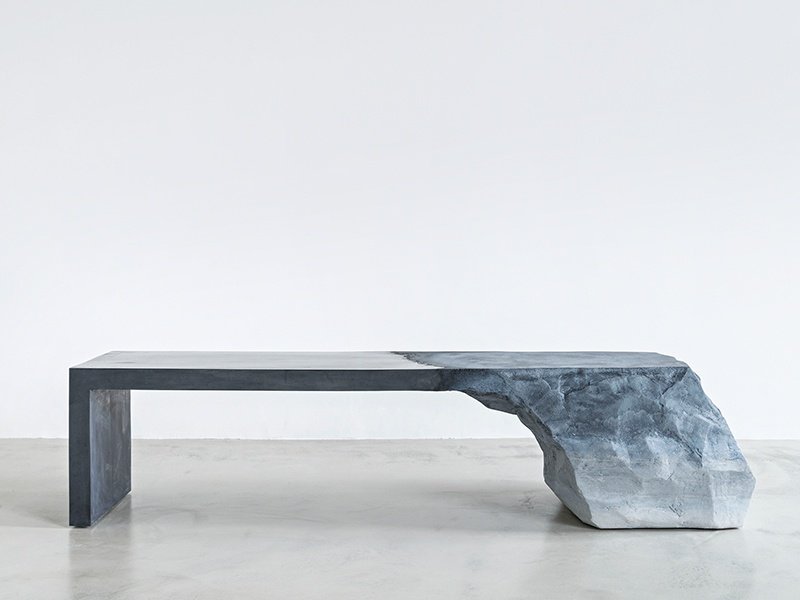 Mastrangelo describes his art as “the pursuit to imitate the incredible beauty of nature through simple, material-based objects or installations,” and hopes that his works “remind people that we’re often most connected when we’re connected to nature.” He has just embarked on a “wild card” project inspired by Henri Rousseau’s paintings.
Mastrangelo describes his art as “the pursuit to imitate the incredible beauty of nature through simple, material-based objects or installations,” and hopes that his works “remind people that we’re often most connected when we’re connected to nature.” He has just embarked on a “wild card” project inspired by Henri Rousseau’s paintings.
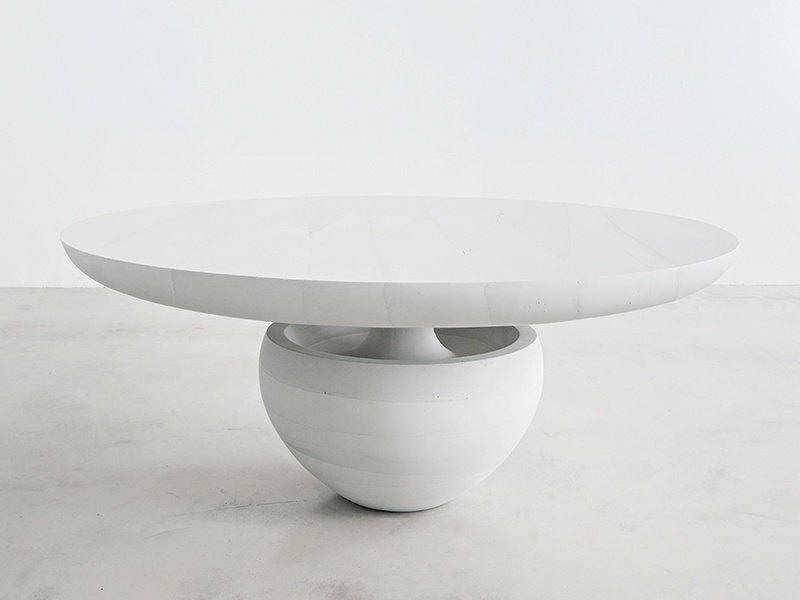 The installation will combine cast walls and sculptural furniture, none of which will be for
The installation will combine cast walls and sculptural furniture, none of which will be for
sale. “It’s an attempt to put our hat in the ring for sculptural interiors that are conceptual while remaining functional,” Mastrangelo explains. “It may tank, or it might thrive. Ultimately, the piece is an experience for the audience.”